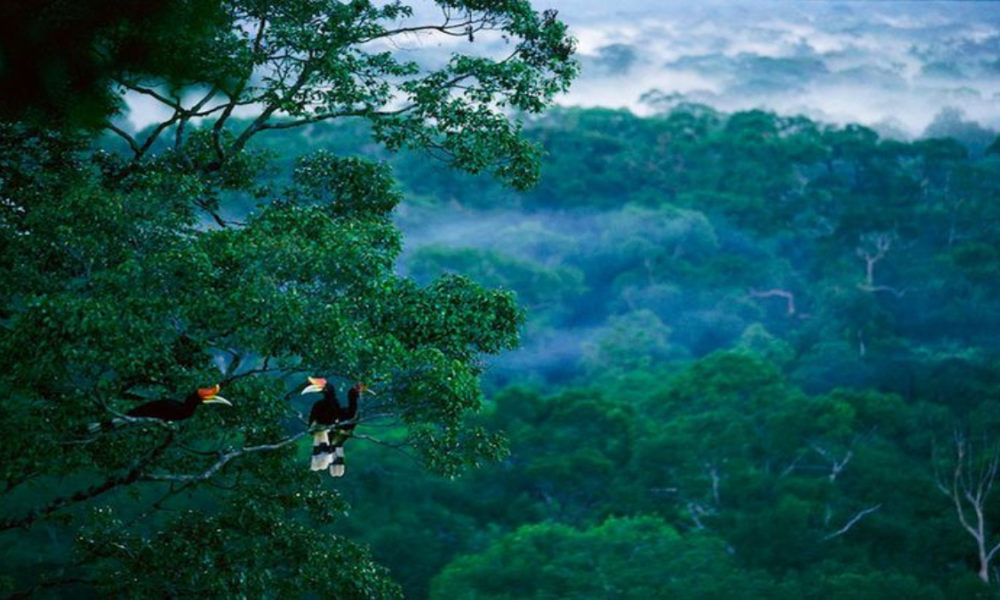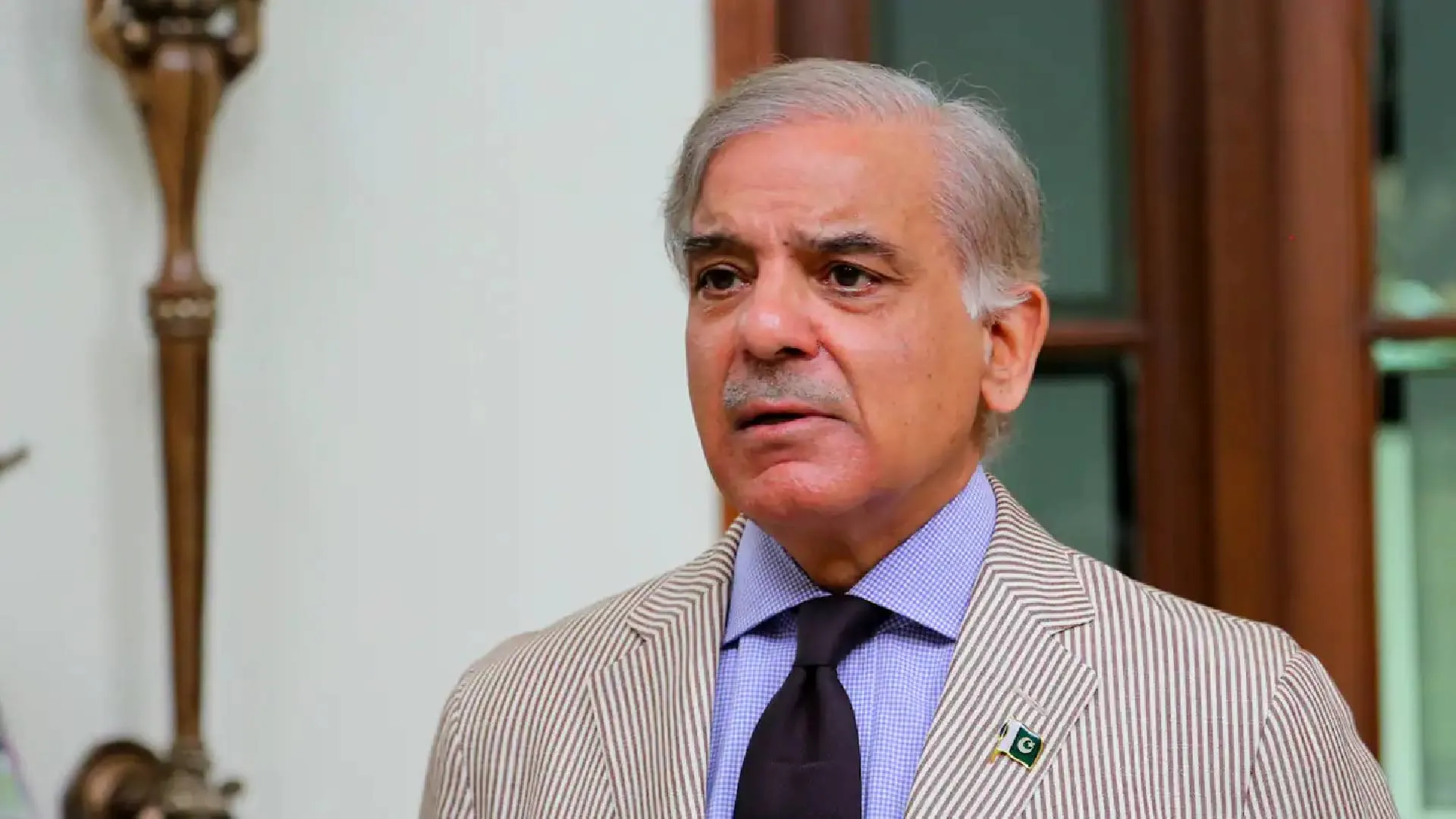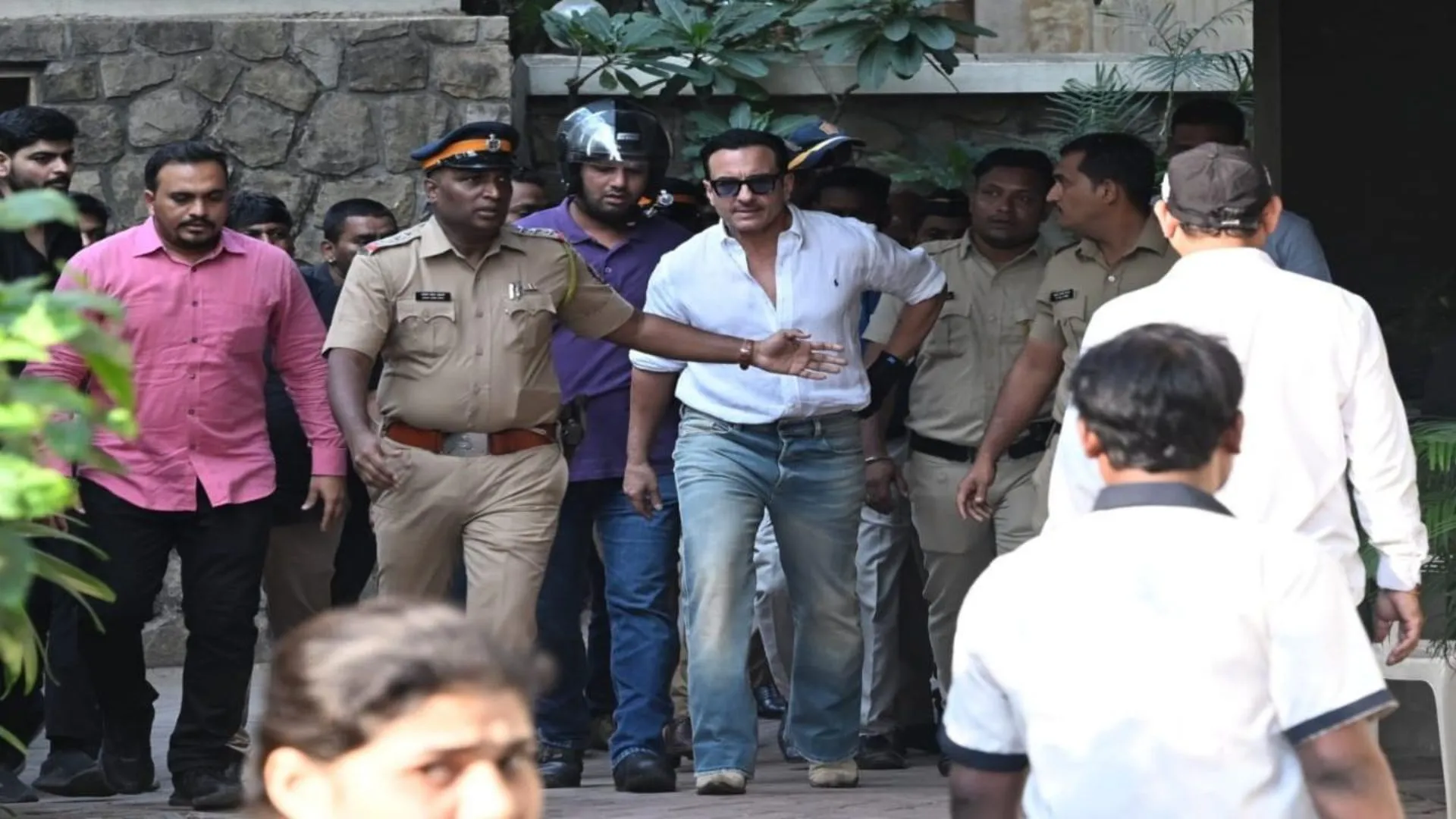Every year the Secretariat of the Convention on Biological Diversity (CBD) announces a theme-specific for that year’s Biodiversity Day on 22nd May. This year a theme that needs much introspection on the policy front is ‘Building a shared future for all life’. While the theme is a stark reminder to nations maddeningly wiping off biological assets of their weak neighbourhood and in turn closing down any good future for themselves and the world, it is also a reminder of the dark ages when men lived and lost under the impression that they have limitless supplies of everything available in nature. Since men have not changed despite the bacchic death dance of Covid-19 through our lives, so let us think about laws that can cork these barbaric criminaloids back into their genie bottles so that the privilege of appearing on global podiums as saints of conservation is somehow checked.
DESTROYING BIODIVERSITY HOTSPOTS
Biodiversity is a central cause of our presence on this planet. The theme of shared future is like an alert call prior to the 2022 UN Biodiversity Conference (COP15) to nations that are carrying business as usual despite causing immense irretrievable harm to biodiversity through their policies of development and infrastructure expansion. India has special responsibility as well as a leadership role in global biodiversity conservation since four out of nine biodiversity hotspots in Asia-Pacific are located in India alone ie; Western Ghats, Nicobar Sudaland, North-East Meghalaya-Assam region, and the eastern Himalayas or Bhutan-Nepal belt, and we are aware of their deteriorating health. The Western Ghats is gasping for survival yet governments continue to rip it barbarically. The much-maligned and rejected Hubballi-Ankola railway line has been revived by the Karnataka government while on the other hand Kerala government is pushing hard for its Silverline rail project despite a united people’s opposition to it. Sawantwadi Mines have already shaken the fragile ecology of Western Ghats and now Goa is heading towards doom through the government’s revival of manganese, iron, and bauxite mining deep into the biodiversity clusters of its forests. The Western Ghats provide the only source of water to South India as some of their major river systems like Godavari, Kaveri, Krishna, Thamiraparani and Tungabhadra which originate in this region supply water to innumerable networks of streams and smaller rivers spread around.Can anyone wait to see the drying up of just one river Tungabhadra which affects the lives of millions of farmers in Karnataka, Telangana, and Andhra Pradesh. Warning signs are already to the fore with rain deficits increasing as high as 34% and more. Krishna river is already at the verge of going dry speedily to almost 74% since 2017. This year in March, Godavari, a major provider of water to Maharashtra dried up completely. In Kerala, after the devastating 2018 floods even their deep restoration channels of water banks called aquifers have been split open and lost pushing the state to a water emergency even if they get excess rainfall during monsoon months. Viju’s bestseller book ‘Flood and Fury’ (2019) documents in tears the ecological devastation of the Western Ghats which transcends political ideologies which have claimed to be genetically linked to environmentalists and forest people. This story of the Western Ghats is true for all biodiversity hotspots in India but in a maddening race for infrastructure projects, governments continue to dilute environmental norms and play havoc with biodiversity. Governments also tend to underplay the fact that regions with high environmental degradation are also regions with unsustainable economies and low human development indices such as Wayanad and Mallapuram in Kerala, Bijapur in Karnataka, the Nilgiris in Tamil Nadu and many more could be looked into.
BIODIVERSITY & DEMOCRACY
Biodiversity is inherently a democratic idea embedded in nature. It reiterates a spiritual lesson that harmony is the key to a strong society. A biodiverse terrain is where every species is allowed to grow and evolve to its optimum, regenerate and achieve sturdiness against outside attacks of any kind ie; natural, chemical or environmental. Every species in the midst of this available freedom interacts with other species of its choice and sprouts into a variety of collaborations and symbiotic relationships which empower and strengthen their families and also extended families reciprocatively. The essence of biodiversity is ‘freedom to grow on one’s selected habitat’. Environmental history of earth shows that the worst of the mass extinctions which ever came on this earth was during the Holocene era of the last 11,500 years or the 6th mass extinction which came under human impact as this was the only animal which the moment it emerged on earth, started stealing and grabbing habitats of other living species. Sometimes, on a lighter side, I feel that this creation of a human-animal was by Almighty’s default science or why would a creator place a time bomb under its own empire.
BIODIVERSITY DESTRUCTION AND PANDEMICS
It is scientifically established since the 2005 US Geological survey that the earth is 4.54 billion years old and any meagre evidence of life was visible only a few billion years later when the molten mass of earth started solidifying. Microbes were the first to appear as studies on fossils in Western Australia have research stories to share. Over these many billion years species have undergone struggles of survival, of symbiosis, and extinctions, and what we find today are just 10-14 million species of the multi trillions which appeared and are today extinct to a level of 99.9%. So human capacity to stay naturally protected from the varieties which were available in the wild is sunk to its lowest. Scientific studies are warning that the current pandemic is only a prelude to much worse viral attacks with many times more deaths that are yet to follow. A Lancet study by Odette Lawlaer and team (2021) and another by Sara Platto and team (2021) in Biomedical research journal have strongly established that global trends indicate that biodiversity losses are directly linked to the spread of infectious diseases. Kate Jones through her ecological modelling at the University College of London has been writing and warning since 2008 but was ignored when she related biodiversity losses to pandemics. Her research paper in ‘Nature’, which appeared in 2008 had linked biodiversity losses to land use and to infectious diseases. Later writings which carried this linkage further suggested that loss of habitats and arbitrary land use in infrastructure buildups have forced species to either go extinct or re-adapt to human habitats. Some sturdier species like bats and rats which survived the migration stress re-adapted to cities and inadvertently became a source of spreading the fatal microbe of which they were the carriers with self-resistance but the human community was vulnerable. The Corona pandemic was attributed to such biodiversity disturbances, shrinking of habitats, and over-culling for consumption of rare species by humans. The UNESCO Reportfrom the Intergovernmental Science-Policy Platform on Biodiversity and Ecosystem Services (IPBES) suggests the same through scientific research. Accordingly, the emergence of pandemics is purely a creation of anti-biodiversity-led human activities. The Report does not end here but warns of many more pandemics in the future which would kill many more and devastate the world economy unless preventive measures are taken immediately by nations. Experts suggest that preventive measures are 100 times cheaper and easier to follow than responding against a pandemic.UNESCO has been emphasizing through its networks and partners to transform the way we live on earth and consume its resources.
AN EQUITY PRINCIPLE IN BIODIVERSITY
Biodiversity conservation is established upon a principle of equity. This principle is a basis for sustainable governance as well. Equity as a principal strategy would demand just distribution in contrast to the same quantity of distribution to everyone, which nonetheless comes under the principle of equality and helps the privileged. A just consumption vis a vis nature follows two basic commandments ie; do not draw beyond the carrying capacity of a natural asset ie; drilling out more groundwater, infrastructural spread over forests, over-mining, building over hills and coastal zones, etc. The second commandment is to abide by the law of inter-generational (current population and the ones to come in the future) and intra-generational (within various segments of the current population) equity and justice. This indicates that there is no overdraft facility in nature that is writ open to serve only a limited number of people. After the Club of Rome revealed in 1968 through ‘Limits to Growth’ that the world is not limitless and coal, oil, petrol and every other asset drawn from earth has a limited life, industrialists were uproarious in a hysterical frenzy to rubbish this report. Now more studies come to suggest limitations on water, topsoil and also slaughterhouses which release 40% of CFC gases. There has been an increasingly outrageous worldwide roar to reduce the production of cattle since 80% of the land is used to grow cattle feed in the world or to ban whale and shark hunting alongside overfishing in the ocean to protect the phytoplankton ecosystem at ocean bed which gives 60% of our oxygen at the earth’s surface. With an explosion of so much information on the internet, vegetarianism is not just a new fad for the emerging younger sensitized population today but an indispensable requirement for the world to manage and survive through current resource consumption challenges about to strike the human race like global disasters.
BIODIVERSITY AS A BANK
Biodiversity is a bank for any country to cherish and a prudent government would be serious enough about maintaining an appropriate balance of payments and Cash reserve ratio in these banks. The total mass of biosphere in the world is valued at 4 trillion tonnes of carbon stock and India’s biomass is valued at 7083 million tonnes of carbon stock. Carbon stocks define eligibility to trade in carbon credits or the right to emit carbon dioxide into the atmosphere or further to adopt industrial processes of production. Besides more than a lac of fauna and 47,000 flora in country’s ten Biodiversity Zones, there is no compatible habitat provision arranged in policies for these numbers to survive. Habitats of forests, wetlands, grasslands, deserts, coastal and marine ecosystems are reducing with each passing day. Human interventions is emboldened as never before since ideas of democratic decision making, constitutional safeguards, human rights and equity is lost to silence in the name of nationalism fed by increased corporatization of government’s regular district level programmes which are now being promoted through CSR (corporate social responsibility) funds.
WHAT IS TO BE DONE?
A few smaller but local steps can protect biodiversity within our range as COP 15 moves ahead. There has been massive devastation at the fringes of cities and much noise is about preventing it. However, it has become a legitimized right of not just the government but also heads of institutions to dig, excavate, drill out and drain away smaller shrunken biodiversity spots where reptiles, porcupines, rabbits, wild cats, squirrels, foxes and jackals have taken shelter after losing their own habitat. Decision-makers do not think twice about alternative ideas, least use of land and protecting a pond on a priority. For example, Arawali ranges falling inside institutions such as JNU and other institutions should have laws to protect these hidden, scared, and weaker species hiding in refuge from the conceitful eye of a contractor and a robotic institutional head.
Before appointing any institutional head, especially that of an academic body, the government would do great service to the nation if wired and programmed personalities are kept out and a holistic ecosystem personality is given charge of life within the campus. In a kind of developmental pattern which is defining our lives in modern cities, people confine to cosmetic apartment lives, children move in airconditioned school buses, and man-dislocated animals are targeted everywhere in India to be killed, then where would one get a basic sense and a training to co-exist with the biodiverse environment? Biodiversity conservation demands sensitive education, democratic communication, strong environmental regulations, a committed sense towards non-human lives, and ethically just governance. Greed for either political or cash capital will kill even the remotest approach to biodiversity conservation.
Last, the point is about ‘tolerance’. A democratic personality in governance respects advocacy groups standing in support of protecting biodiversity areas and erroneously viewed by the government as anti-nationals or anti-development people. ‘Save Silent Valley’ movement alerted the then Prime Minister Indira Gandhi to cancel the project and join hands with the conservationists of Silent Valley, a rare biodiversity area. Kerala’s historic 100-day ‘Save the Western Ghats March’ in 1987-88 blew turbulent winds over many governments. One does not need a UN-declared Biodiversity decade of 2011-2020, once ethics is in place for governments since they seem to be most evasive towards conservation. The forthcoming UN Biodiversity Conference may hopefully frame a new set of goals for nature over the next decade and have plans to transform society’s relationship with biodiversity so that humans learn to live in harmony with nature.
The author is president of Network Asia Pacific Disaster Research Group, Senior Fellow at the Institute of Social Sciences, and former Professor of Administrative Reforms and Emergency Governance at JNU. The views expressed are personal.























